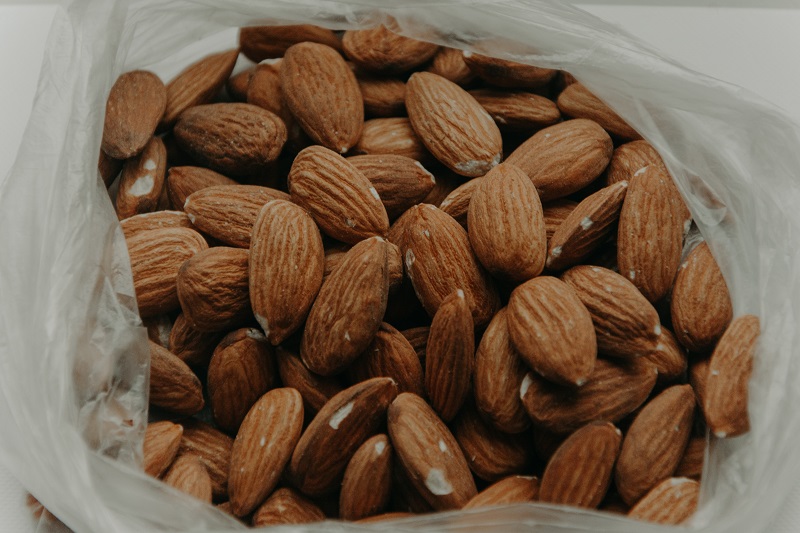Invasive Fruit Flies on the Attack in Texas Citrus
South Texas citrus is under attack and USDA’s Animal and Plant Health Inspection Service (APHIS) is asking residents for their help. Texas citrus in the Lower Rio Grande Valley is at risk of being infested by invasive and damaging fruit flies. APHIS and Texas Department of Agriculture employees in Cameron, Hidalgo, Starr, Webb, Willacy, and Zapata counties are inspecting and surveying fruit trees in residential yards and commercial properties for signs of invasive plant pests. The main threat this season is an invasive fruit fly (Anastrepha ludens, aka Mexican fruit fly) that is native to Mexico and Central America. A. ludens feeds on more than 40 kinds of fruits and vegetables.
Texas State Plant Health Director Stuart Kuehn highlights what’s at stake. “Commercial citrus brought in more than $66 million in revenue to Texas last year. It’s a significant part of our agricultural economy in the State and something we should protect,” he says. “We hope residents will continue to do their part to protect our harvests this year.”
Agricultural personnel will place and service traps to monitor citrus trees and find new fruit fly introductions as early as possible. Residents can help agricultural officials eradicate invasive fruit flies by allowing them property access to inspect trees and hang traps. If fruit flies are detected, agricultural officials may also ask for permission to conduct treatments.
For more information, visit aphis.usda.gov.









